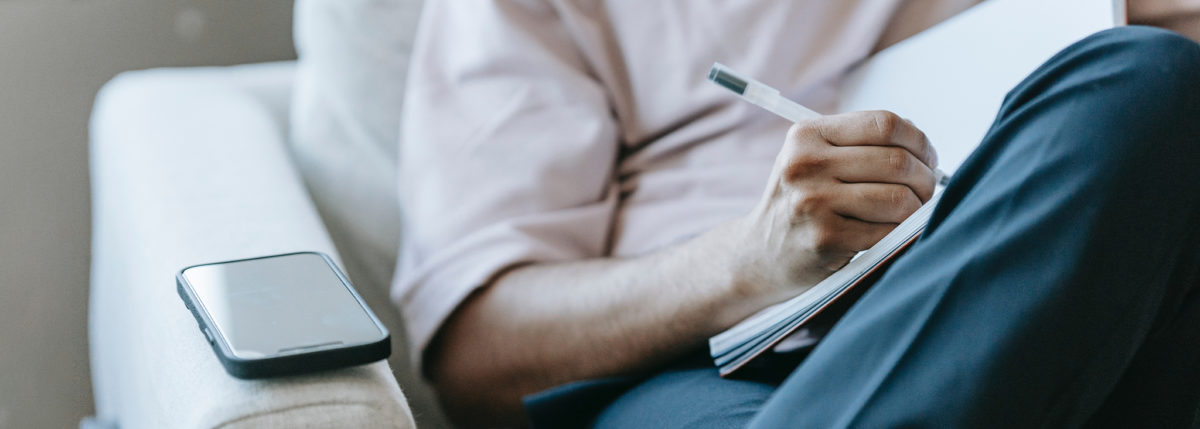Logging Insulin Dosages 101
Editor’s Note: People who take insulin require consistently affordable and predictable sources of insulin at all times. If you or a loved one are struggling to afford or access insulin, you can build custom plans based on your personal circumstances through our tool, GetInsulin.org.
Have you ever heard your healthcare provider talk about logging your insulin doses? Do you hate having to write anything down? That’s okay, we’re here to explain what exactly insulin logging is and its benefits.
Logging insulin essentially means keeping a record of all the amounts of insulin and blood sugar readings you’ve taken throughout the day. Logbooks make it easier to see your blood sugar patterns and see whether you are staying in target or not. Keeping a record ensures you can have accurate numbers and information to make informed decisions about your care.
When and How to Log Insulin Dosages
Log anytime you take your blood glucose reading or give yourself insulin or another medication. It is also advised to check and log before and after meals to understand how food and insulin impact your body; this can also be helpful to check if you need to alter your treatments, such as your insulin-to-carb ratio, your basal (background long-acting insulin) rate, etc.
Depending on what option you choose to log your insulin you might log a little bit differently, but the basics of what to log are the same. After checking your blood glucose:
- Use your logbook to record your blood glucose reading.
- Log what time you checked your blood glucose.
- Note the amount of insulin you are taking, either for food or to lower your blood sugar reading.
- Write down what you are eating and how many carbs are in your meal.
- Keep a record of your daily activity, and any other helpful notes, such as life events or emotions, that you experienced during the day.
Overall, your logbook is meant to help you see your blood sugar trends and understand what does or doesn’t impact your numbers.
Why Tracking Carbs and Physical Activity Matters
It’s helpful if you also list what you ate and how many carbs were in this meal. This can be useful for both you and your healthcare team to understand how your body reacts to insulin, if your carb ratio is correct, and if you are accurately counting your carbs.
It’s helpful to record exercise or daily events to see how your body reacts to various events and how that can impact your insulin sensitivity.
Logging Options
There are several different options when it comes to logging your blood sugars.
Paper and Pen Logbooks
Some people may prefer the traditional pen and paper route when it comes to tracking. You can find online templates for free when you search “blood sugar logbook,” and select a template that works best for you. Most physical logbooks will have a place to write the amount of insulin you took, your blood glucose reading and the time you tested; some will have additional fields such as what you ate, activity levels and any additional notes you would like to add for the day.
You can also buy pre-made books from online retailers, such as Amazon, Barnes & Noble and Etsy. These options tend to have fun designs and colorful pages which may make logging your insulin more exciting or easy to understand with their color-coded sections. Some pharmacies and stores may carry logbooks in person, but please call and inquire with your local store to understand availability.
Apps
With almost all things being digitized these days, it is no surprise that there are many different applications for your smart devices when it comes to logging your blood glucose readings and insulin dosages.
Using applications may be especially useful for you if you want to easily see averages and trends. Most apps will automatically calculate averages which can be further broken down into averages by the time of day or by month.
Many of the current applications offer additional features, such as a food database so you can see the nutritional information. Other applications can connect to some blood glucose meters so you can easily transmit your readings from your meter to your phone without manually entering it yourself. Additionally, some of the apps can connect to your other health devices, such as an Apple Watch, and use your health apps on your smart devices to show overall health trends and how they impact your diabetes.
Final Thoughts
In general, logbooks can be very useful for you to log your insulin dosages and understand trends and averages in your diabetes and help you and your healthcare team make changes to your treatment plan and care as needed. Logbooks are just another tool to help us try and figure out diabetes and what works, or doesn’t, for us. You can always talk to your healthcare team for more advice regarding logging insulin dosages and which method of recording that data works for you.
Educational content related to insulin use and insulin logging methods for diabetes is made possible with support from Lilly Diabetes, an active partner of Beyond Type 1 at the time of publication. Beyond Type 1 maintains full editorial control of all content published on our platforms.





